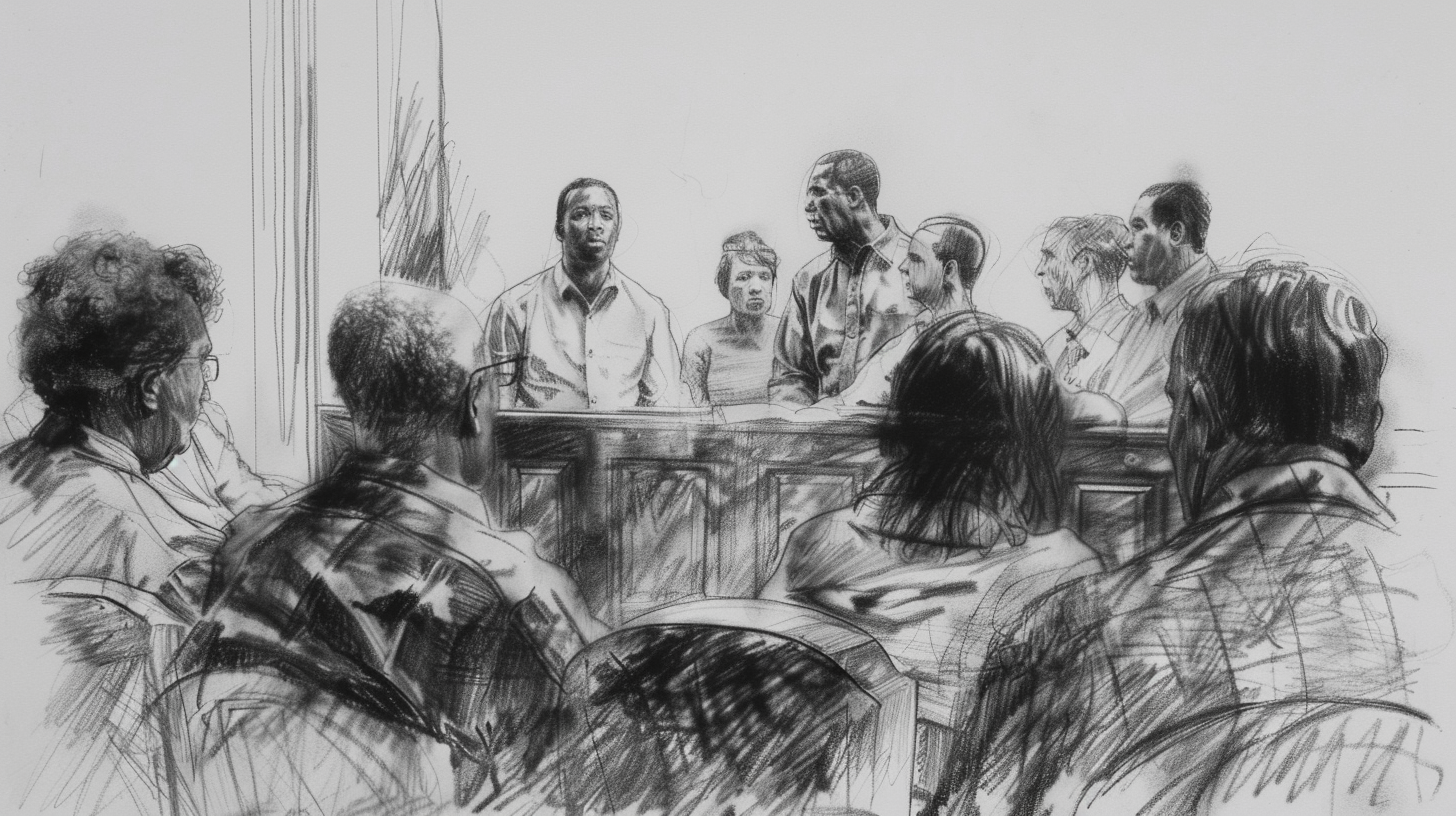Archie Williams v. City of Baton Rouge: A Case of Injustice and Redemption
When you hear the name Archie Williams, it’s hard not to feel a pang of empathy. Here was a man who spent 36 years of his life behind bars for a crime he didn’t commit. The story of Archie Williams v. the City of Baton Rouge, et al. is a gripping tale of wrongful conviction, decades-long suffering, and eventual redemption. But what does “et al.” mean? It’s a legal shorthand for “and others,” encompassing all the parties involved without naming each one individually.
The Crime and Conviction
On December 9, 1982, a white woman was raped and stabbed in her home in Baton Rouge. The attacker was described as a black man, who had forcibly entered the house. The victim identified Archie Williams as her assailant, based on a previous encounter and a distinctive scar on his arm. Despite the absence of physical evidence linking him to the crime, Williams was convicted in 1983 and sentenced to life in prison, plus additional years for related charges.
The Investigation and Eyewitness Identification
The case against Williams hinged on eyewitness identification. However, the process was flawed from the start. The police repeatedly showed the victim photos and lineups, gradually leading her to identify Williams. This method is notoriously unreliable and suggestive. Imagine being shown a series of photos multiple times, each time with the same suspect, but different hair or angles. It’s like a magician forcing a card trick – you eventually pick the card they want you to.
New Evidence and Release
Fast forward to 2019, and Williams’s life took a dramatic turn. New forensic technology, specifically a fingerprint database unavailable in the 1980s, identified another man as the attacker. This breakthrough led to Williams’s release after 36 long years. It’s a bittersweet victory – freedom at last, but at what cost?
Legal Battle Post-Release
After his release, Williams didn’t just walk away quietly. He filed a lawsuit against the City of Baton Rouge and several officials, alleging misconduct in his investigation and prosecution. The claims included suppression of exculpatory evidence and conducting a reckless investigation. However, the defense of qualified immunity – a legal shield for government officials – presented significant hurdles.
The Struggle for Justice
The legal arguments in this case are complex, but they boil down to a fundamental issue: Was there a miscarriage of justice? To prove prosecutorial misconduct, Williams needed to show that favorable evidence was intentionally suppressed and that this suppression could have affected the trial’s outcome. This is no small feat. Imagine trying to piece together a puzzle when some of the pieces were intentionally hidden.
Eyewitness Testimony and Its Pitfalls
One of the most striking aspects of this case is the reliance on eyewitness testimony. Studies have shown that such testimony can be highly unreliable, especially in traumatic situations. The victim in this case was undoubtedly traumatized, which could have clouded her memory and judgment. It’s like trying to recall a dream – details can be fuzzy and often misleading.
Expert Insights
Legal experts agree that the investigation was deeply flawed. Chance Oberstein, a seasoned attorney, pointed out the suggestive nature of the lineups used in this case. Showing a suspect repeatedly, even in different contexts, can lead witnesses to false confidence in their identification. It’s a stark reminder of the importance of proper procedures and safeguards in the criminal justice system.
The Role of Forensic Science
The advancements in forensic science played a crucial role in exonerating Williams. If the fingerprint database had existed in the 1980s, this case might have had a very different outcome. It’s a testament to the power of technology in uncovering the truth and righting past wrongs. However, it also highlights the limitations of the justice system of the past.
Looking Forward
Williams’s case underscores the need for legal reforms to prevent such injustices in the future. There’s a pressing need for better forensic methods, more rigorous procedures in eyewitness identification, and compensation schemes for wrongfully convicted individuals. It’s not just about correcting past mistakes but about building a fairer system for the future.
Conclusion
The story of Archie Williams is a powerful reminder of the fallibility of the justice system and the enduring human spirit. Despite losing 36 years of his life, Williams’s fight for justice continues to inspire. His case is a call to action for legal reforms, better forensic practices, and unwavering support for those wrongfully convicted. Let’s not let his story be just another statistic. It’s a beacon for change and a testament to the resilience of the human spirit.
FAQs
What does “et al.” mean in legal documents? “Et al.” is a Latin abbreviation meaning “and others.” It’s used to refer to multiple parties without listing each name.
How reliable is eyewitness testimony? Eyewitness testimony can be unreliable, especially in high-stress situations. Studies have shown that memory can be easily influenced and altered.
What is qualified immunity? Qualified immunity is a legal doctrine that protects government officials from being sued for discretionary actions performed within their official capacity, unless they violated clearly established statutory or constitutional rights.
How was new evidence found in Archie Williams’s case? New evidence was found using a fingerprint database that wasn’t available in the 1980s. This technology matched the crime scene fingerprints to a different individual.
What can be done to prevent wrongful convictions? Legal reforms, better forensic practices, and rigorous procedures in eyewitness identification can help prevent wrongful convictions. Additionally, compensation schemes for the wrongfully convicted are crucial.



Leave a Comment